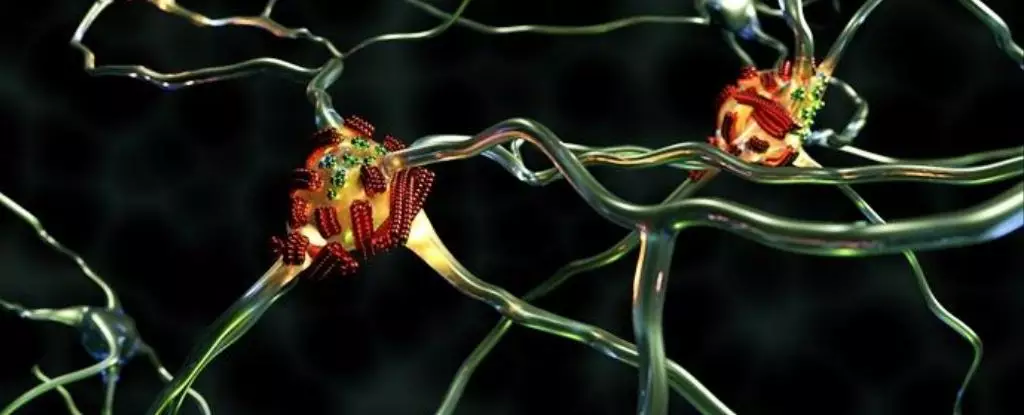Alzheimer’s disease remains one of the most formidable challenges in modern medicine, consistently presenting researchers with intricate questions regarding its underlying mechanisms. While the aforementioned study sheds light on amyloid beta proteins and their behavior, the quest to accurately determine how these proteins influence brain health is far from over. Traditional model organisms and cell cultures seem inadequate when attempting to replicate the complexity of human neurobiology. As scientists delve deeper into the various proteins associated with Alzheimer’s, it becomes clear that a nuanced understanding of protein interactions and aggregations is crucial for developing effective therapies.
Recent research indicates the discovery of a particular class of amyloid beta proteins, referred to as “superspreaders,” which seem to proliferate at a much faster rate than their counterparts. By employing advanced imaging techniques, researchers, including molecular physicist Peter Nirmalraj and his team, have managed to visualize the aggregation process of these amyloid beta proteins in conditions that more closely mimic the human brain’s environment. This breakthrough suggests that certain configurations of amyloid beta 42 proteins exhibit a significantly higher tendency to aggregate, thus leading to rapid progression of amyloid plaques within affected brain tissue.
These superspreading proteins may play a pivotal role in the pathophysiology of Alzheimer’s disease. Their ability to form additional fibrils more quickly could contribute to the abrupt accumulation of amyloid deposits, shedding light on the correlation between protein aggregation and the exacerbation of neurological symptoms observed in Alzheimer’s patients.
In the intricate world of protein folding dynamics, molecular shape and surface properties are paramount. The study reveals that amyloid beta proteins, particularly the 42 variant, possess distinct configuration traits that make them especially conducive to spontaneous aggregation. Unlike other variants, these proteins can initiate new chains of aggregates, demonstrating a remarkable catalytic activity that enhances their spread. This highlights a fascinating aspect of molecular biology: the environment where proteins aggregate can significantly influence their behavior and consequences.
Additionally, the research suggests gaps remain in our understanding of the specific chemical properties that distinguish superspreader amyloid beta 42 from other variants. This raises questions about the potential for a targeted approach in developing therapies aimed at inhibiting the formation of these problematic proteins or modifying their behavior.
Despite the advances illustrated in the recent findings, the broader implications for Alzheimer’s treatment remain uncertain. While understanding the mechanism of amyloid beta aggregation might pave the way for potential interventions, the current landscape reveals a complex relationship between amyloid plaques and neurodegeneration. Historical studies have repeatedly failed to provide conclusive evidence linking amyloid plaque formation directly to neuronal damage, suggesting that additional players are involved in the progression of Alzheimer’s.
The notion that amyloid plaques are a mere symptom of a more convoluted process is an ongoing theme in Alzheimer’s research. There are hypotheses suggesting that other molecular entities interwoven with amyloid beta proteins could be exacerbating neurotoxic conditions, leading to the neurodegeneration characteristic of the disease.
Emerging theories, including the idea that Alzheimer’s could possess autoimmune characteristics, underscore the multifaceted nature of this neurodegenerative disorder. The immune system’s potential role in the progression of Alzheimer’s opens a doorway to innovative therapeutic strategies that transcend conventional approaches. Researchers must expand their focus beyond amyloid beta, considering inflammatory markers, tau proteins, and other neurotoxic agents that interact with the disease pathology.
While the identification of superspreader proteins signifies a step toward unraveling the complexities of Alzheimer’s disease, the journey of understanding is still unfolding. Comprehensive research employing advanced methodologies must continue in hopes of unearthing mechanisms of disease evolution and facilitating the development of targeted therapeutics. Each new finding peels back layers of complexity, pushing the boundaries of our knowledge on a disease that, until now, has proven resistant to understanding and treatment.


Leave a Reply